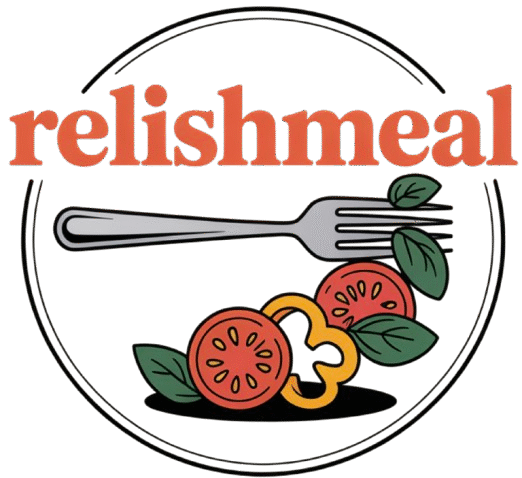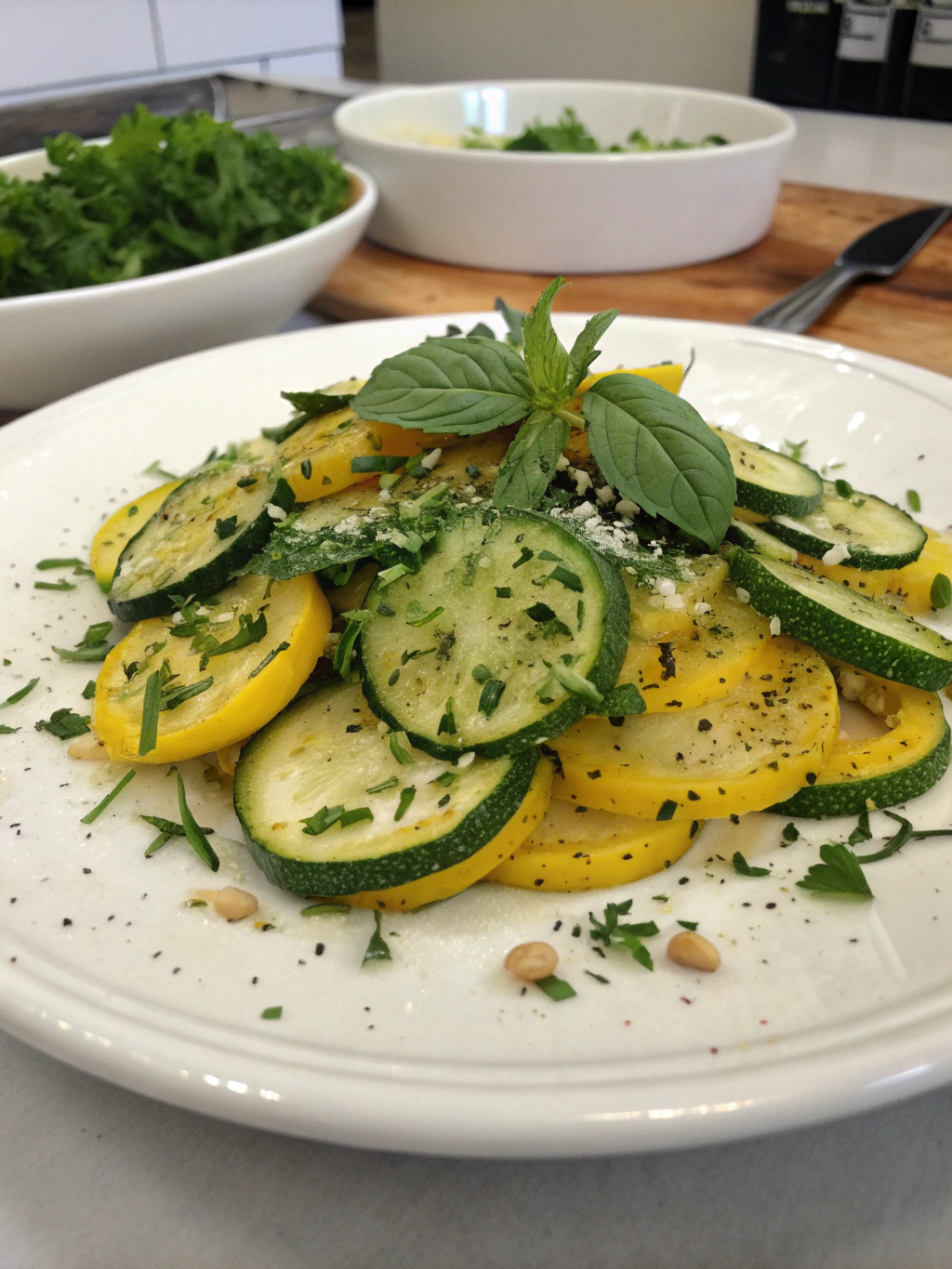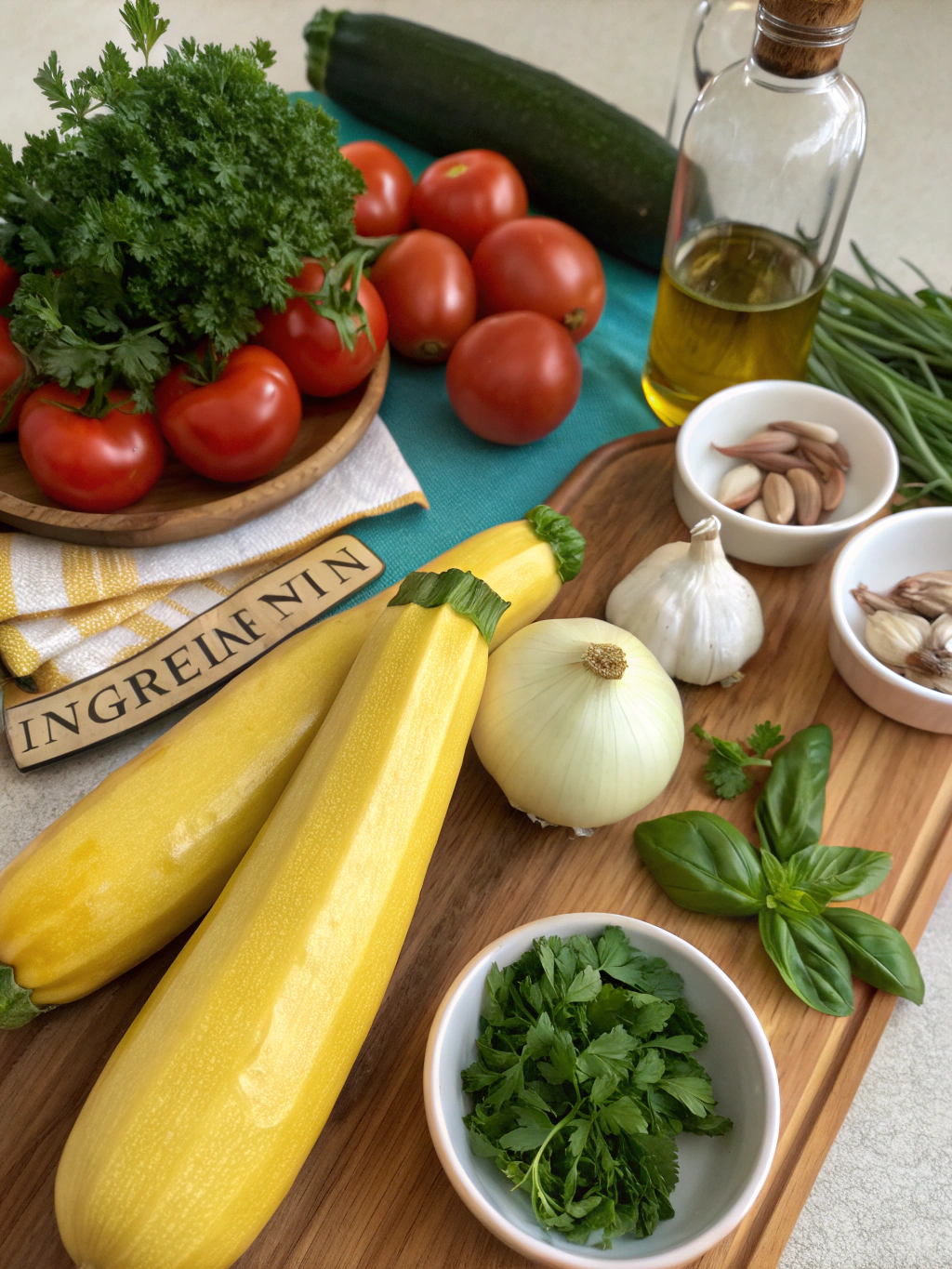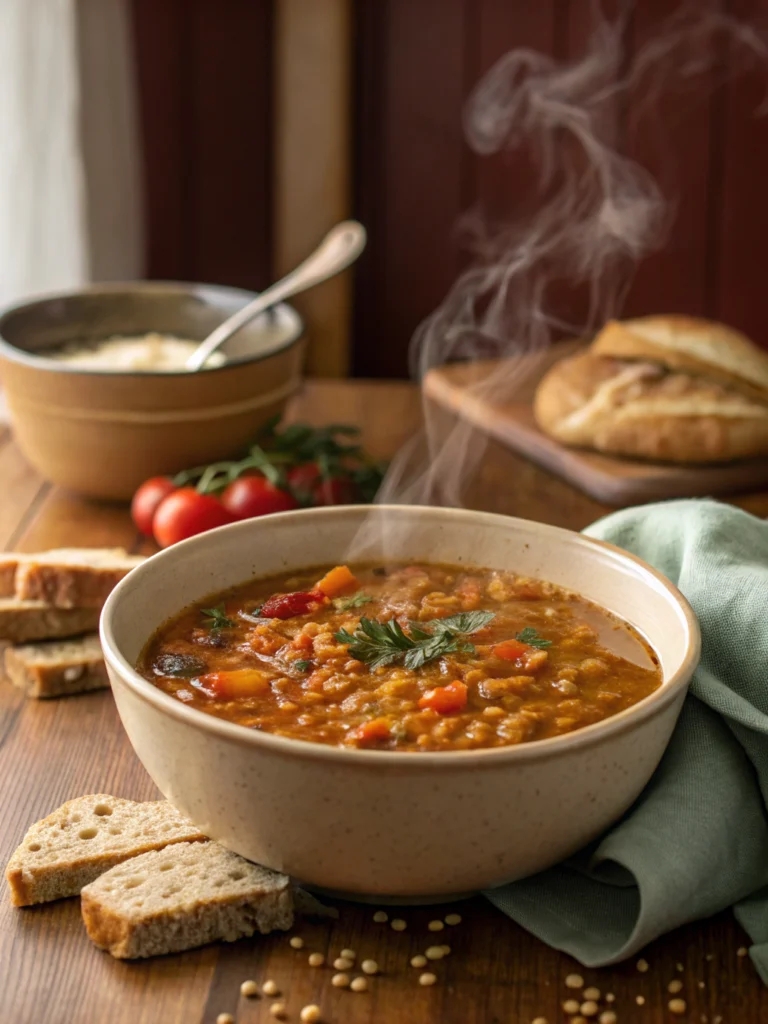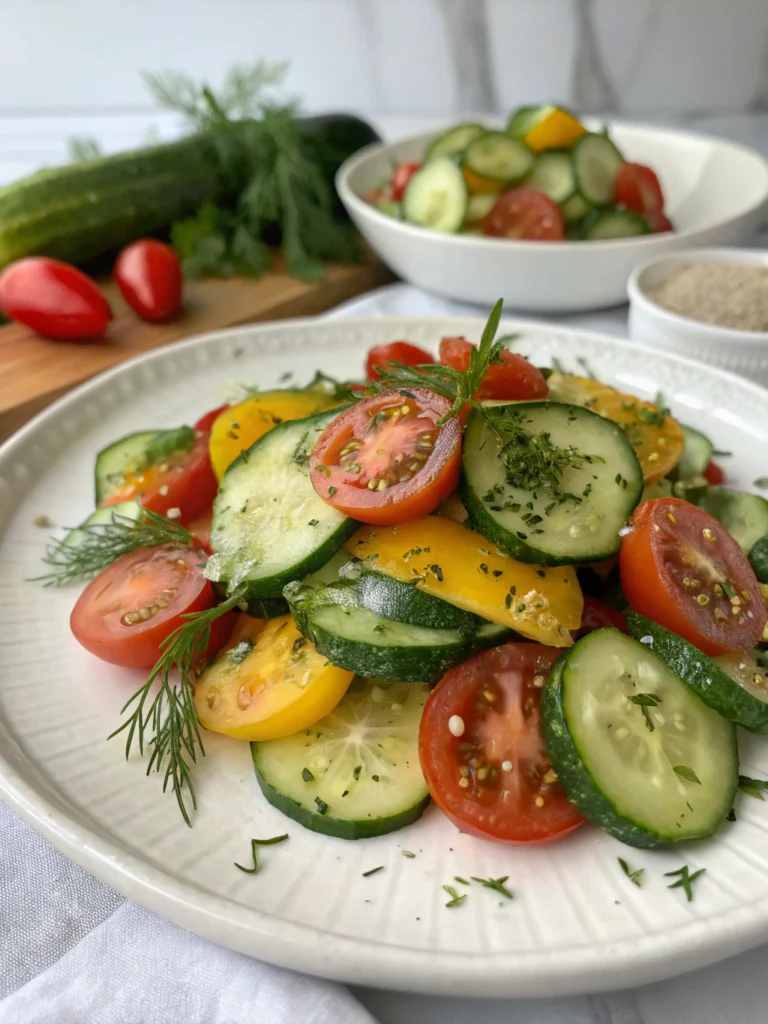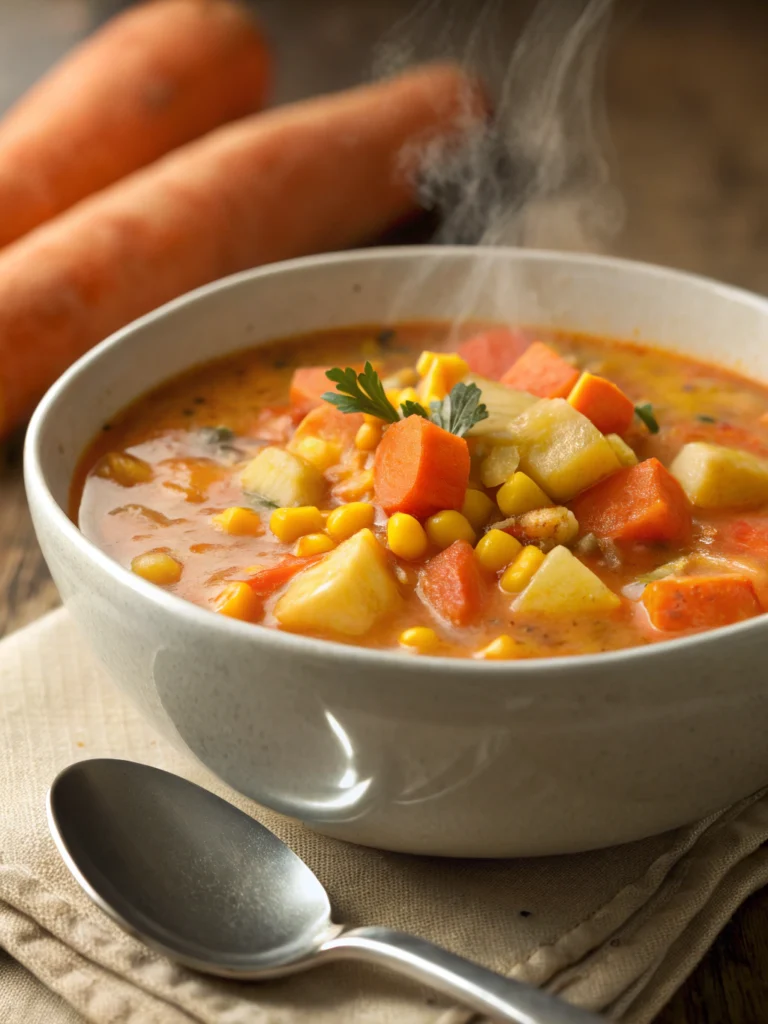Delicious Summer Squash Recipe: 5 Easy Ways to Prepare This Versatile Vegetable
Have you ever stared at a pile of summer squash from your garden or farmers’ market and wondered how to transform these humble vegetables into something extraordinary? Many home cooks underestimate the incredible versatility of this seasonal gem, often resorting to the same basic preparations.
This comprehensive summer squash recipe guide will revolutionize how you approach this abundant summer vegetable. From oven-roasted perfection to air fryer magic, we’ve gathered the most delicious ways to prepare summer squash that will impress even the pickiest eaters at your table.
Ingredients List
Before diving into our favorite preparations, let’s gather everything you’ll need for our base summer squash recipe. Feel free to adjust quantities based on your needs:
- 4-5 medium summer squash (yellow squash, zucchini, or a combination)
- 3 tablespoons olive oil (substitute avocado oil for a higher smoke point)
- 4 cloves garlic, minced (or 1 teaspoon garlic powder in a pinch)
- 1 medium onion, diced (red or sweet yellow work beautifully)
- 1 teaspoon dried herbs (thyme, oregano, or Italian seasoning blend)
- ½ teaspoon red pepper flakes (optional for heat lovers)
- Salt and freshly ground black pepper to taste
- ¼ cup freshly grated Parmesan cheese (nutritional yeast makes a great vegan alternative)
- Fresh herbs for garnish (basil, parsley, or chives)
Timing
One of the greatest advantages of our summer squash recipe is its efficiency. You’ll need just 10 minutes for preparation, regardless of which cooking method you choose.
Cooking time varies by method: 15-20 minutes for stovetop sautéing, 20-25 minutes for oven roasting, 8-10 minutes for air frying, 25-30 minutes for casserole baking, and 20 minutes for soup simmering. That’s 30-40% faster than many vegetable side dishes!
Cooking Methods
Step 1: Prepare Your Summer Squash
Proper preparation is crucial for any successful summer squash recipe. Wash your squash thoroughly under cool running water to remove any dirt or residue. Pat dry with a clean kitchen towel.
- For sautéing or stir-frying: Cut into ¼-inch thick half-moons or dice into ½-inch cubes
- For roasting or air frying: Slice into ¼-inch rounds or cut lengthwise into spears
- For casseroles: Slice into ¼-inch rounds
- For soups: Dice into ½-inch cubes for even cooking
Pro tip: If your squash are particularly large or mature, consider removing the seeds as they can become bitter when cooked.
Step 2: Choose Your Cooking Method
Option 1: Classic Stovetop Sauté
This quick method preserves the squash’s delicate texture while developing rich flavor.
- Heat 2 tablespoons olive oil in a large skillet over medium-high heat
- Add diced onion and cook until translucent, about 3-4 minutes
- Add minced garlic and cook for 30 seconds until fragrant
- Add sliced squash, dried herbs, salt, and pepper
- Sauté for 5-7 minutes, stirring occasionally, until squash is tender but not mushy
- Sprinkle with Parmesan cheese and fresh herbs before serving
Option 2: Summer squash recipe oven Roasted
Roasting intensifies flavors and creates delicious caramelization.
- Preheat oven to 425°F (220°C)
- Toss squash slices with olive oil, garlic, herbs, salt, and pepper in a large bowl
- Arrange in a single layer on a baking sheet
- Roast for 20-25 minutes, flipping halfway through, until golden brown and tender
- Sprinkle with Parmesan cheese during the last 5 minutes of roasting
Option 3: Air Fryer Method
For crispy edges and tender centers without excess oil:
- Preheat air fryer to 375°F (190°C)
- Toss squash with 1 tablespoon olive oil and seasonings
- Arrange in air fryer basket in a single layer (work in batches if needed)
- Cook for 8-10 minutes, shaking basket halfway through
- Sprinkle with cheese immediately after cooking
Option 4: Comforting Casserole
Perfect for feeding a crowd or meal prepping:
- Preheat oven to 375°F (190°C)
- Layer sliced squash in a greased 9×13 baking dish
- Between layers, add sautéed onions, garlic, herbs, and cheese
- Pour ½ cup vegetable broth over the layers
- Top with additional cheese and ¼ cup breadcrumbs mixed with 1 tablespoon melted butter
- Bake covered for 20 minutes, then uncovered for 10 minutes until golden and bubbly
Option 5: Silky Summer Soup
A lighter option that’s perfect for warmer days:
- Sauté onions and garlic in olive oil until soft
- Add diced squash and 4 cups vegetable broth
- Simmer for 15-20 minutes until squash is very tender
- Blend until smooth using an immersion blender
- Stir in ¼ cup cream or coconut milk (optional)
- Season to taste and garnish with fresh herbs
Nutritional Information
Summer squash is a nutritional powerhouse that deserves a regular place in your meal rotation. A typical serving (about 1 cup) of our base recipe contains approximately:
• Calories: 85-110 (varies by cooking method)
• Carbohydrates: 7g
• Protein: 3g
• Fat: 7g (primarily healthy unsaturated fats from olive oil)
• Fiber: 2.5g
• Vitamin C: 35% of daily value
• Vitamin A: 10% of daily value
• Potassium: 8% of daily value
Summer squash is over 95% water by weight, making it an excellent choice for hydration and weight management. It’s also remarkably low in calories while providing satisfying volume and essential nutrients.
Healthier Alternatives for the Recipe
Our summer squash recipes are already quite healthy, but here are some modifications to suit various dietary needs:
• For lower carbs: Skip the breadcrumbs in the casserole and replace with crushed pork rinds or almond flour
• For dairy-free: Substitute nutritional yeast for Parmesan cheese and use coconut milk instead of cream in the soup
• For lower fat: Reduce olive oil to 1 tablespoon and use cooking spray for the baking sheet; try air frying for minimal oil usage
• For higher protein: Add 1 cup of cooked quinoa or 1 cup of white beans to any of these recipes
Serving Suggestions
Transform your summer squash from side dish to showstopper with these serving ideas:
• Pair sautéed or roasted squash with grilled fish or chicken for a complete protein-rich meal
• Serve the casserole alongside a simple green salad dressed with lemon vinaigrette for a vegetarian main course
• Top the soup with homemade croutons and a swirl of pesto for an elegant first course
• Use leftover roasted squash in grain bowls, pasta dishes, or as a pizza topping the next day
Common Mistakes to Avoid
- Overcooking: Summer squash releases water as it cooks. Stop cooking when it’s just tender to prevent a soggy, mushy result.
- Underseasoning: Squash has a mild flavor that benefits from proper seasoning. Don’t be shy with salt, pepper, and herbs.
- Crowding the pan: Whether sautéing, roasting, or air frying, give your squash plenty of space. Overcrowding leads to steaming instead of browning.
- Skipping the drying step: After washing, thoroughly dry your squash to promote browning and prevent diluting flavors with excess water.
- Using old squash: Summer squash is best when fresh and firm. Avoid specimens with soft spots or wrinkled skin.
Storing Tips for the Recipe
Make the most of summer’s bounty with these storage strategies:
• Raw summer squash: Store unwashed in a perforated plastic bag in the refrigerator crisper drawer for up to 5 days.
• Cooked squash dishes: Refrigerate in airtight containers for 3-4 days. The flavor often improves after a day as ingredients meld.
• Freezing: Blanch raw squash slices for 3 minutes, cool in ice water, then freeze in single layers on baking sheets before transferring to freezer bags. Frozen squash is best used in soups or casseroles.
• Meal prep: Pre-slice squash up to 2 days ahead and store in water in the refrigerator to prevent discoloration.
Conclusion
With these versatile techniques and tips, you’ll never look at summer squash the same way again. From quick weeknight sides to impressive dinner party dishes, this humble vegetable can truly shine with minimal effort.
Have you tried any of these summer squash preparations? We’d love to hear which method is your favorite or if you have your own special twist to add! Share your experiences in the comments below, and don’t forget to save this guide for your next farmers’ market haul or garden harvest.
